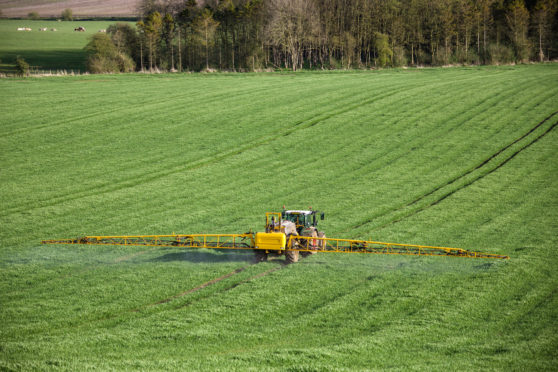It is a well-known fact that commodities have not kept up with inflation.
With the price of a tonne of wheat at around £120 in 1995, this would equate to £225 a tonne in real terms today. Based on this year’s harvest wheat prices, farmers are achieving around £75 less per tonne than they might expect, despite the increase in the input costs over the years.
Although there are years which suggest prices are increasing, any spikes tend to result in an increase in production the following year and therefore a subsequent reduction in price.
Unlike commodities, most inputs rise with inflation, or above inflation which therefore squeezes the profitability of a farming business. The recent adverse exchange rate movements also have an impact on imports, something which farmers can find hard to mitigate, especially with the pricing power of large multinationals.
It is not only inflation on costs which affect farming businesses and their profitability.
Increasing regulations often take both substantial time and money to ensure businesses are compliant.
Recent examples include the introduction of Making Tax Digital this month for VAT return submissions, and the increase in pension contributions for auto-enrolment.
These affect the bottom line of a business.
The annual increase in the National Minimum Wage, and now the National Living Wage, will also put pressure on farming businesses especially labour intensive enterprises such as vegetables and soft fruit, where labour is already in short supply.
Farming is like very few other industries where sales proceeds are largely unknown at time of production and the farming business has little option other than to be a price taker.
Therefore, how can profitability be managed when the cost of inputs increase faster than the prices being achieved?
Over the years, many farming businesses have reduced their overheads, which means there are often few areas where further savings can be made. Therefore, some expand their business to try to achieve savings through economies of scale.
Other businesses try to find a niche market and develop this with the hope of achieving an additional income stream of higher margin. This can be achieved through diversification or by focusing on a part of the business where there are opportunities to either use existing produce or space, or using a by-product.
In the current climate, there are a number of opportunities for farmers to work together through the joint purchase of machinery, through providing assistance at busy farming times or entering into formal contract farming arrangements.
A busy time in one farm may not be the same as the next. Agricultural businesses should take advantage of these opportunities and working through cooperation can save money, streamline operations and also maintain working relationships in farming communities.
There is no easy answer to the question of how to improve profitability. The agricultural industry cannot afford to be complacent with commodity price inflation continually trailing behind that of input costs.
With the likely reduction in subsidies, farming is going to continue to be put under pressure through the rise in costs and regulations.
The best advice is therefore to plan ahead, make changes which are within your control and be ready to react to changes which occur.
Sarah Millar is manager in the Forfar office of EQ Accountants LLP










